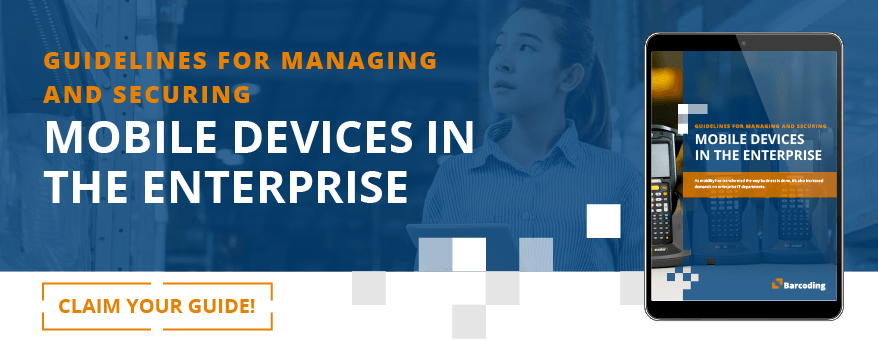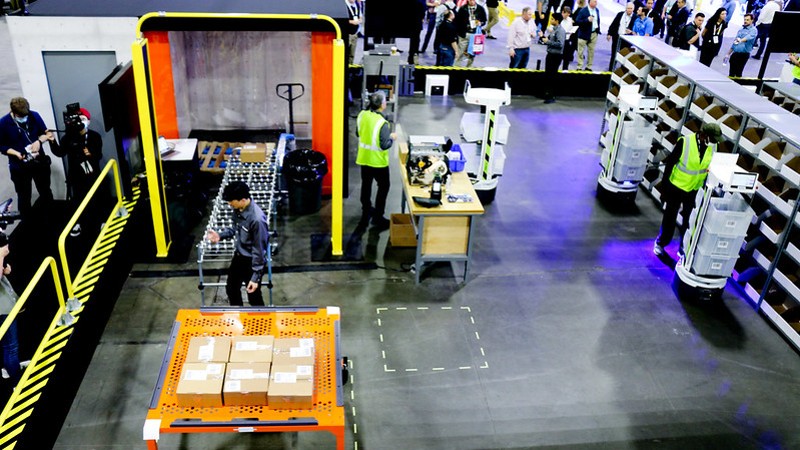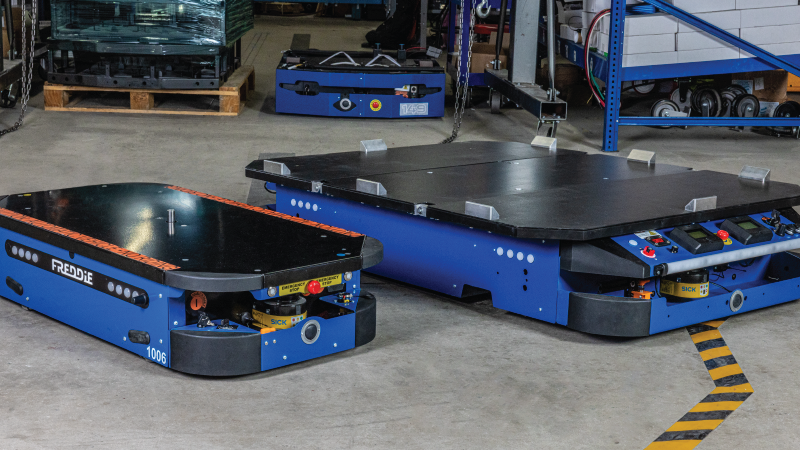A comprehensive IT asset management (ITAM) strategy delivers complete and accurate awareness of every device and asset, current value and depreciation, every software license, maintenance agreement, and network service contract throughout an entire organization. So it’s easy to understand the ways ITAM enables IT operations to monitor budgets, eliminate waste, optimize enterprise security, and much more.
Beyond the more obvious benefits, like ensuring the right people have access to secure and well-maintained technology they need to do their jobs, ITAM also protects against unnecessary costs and security risks. But these aren’t the only ways asset management can have a meaningful impact on a business’s bottom line.
When IT operations follows ITAM best practices, it has a dramatic effect on the day-to-day experiences of employees in just about every business unit and department—and that can have a measurable impact on enterprise efficiency, productivity, and profitability in multiple ways. Let’s take a closer look at the ways user experience impacts the bottom line, and how IT asset management makes a difference.
IT Asset Management’s Wide-Reaching Impacts
Across virtually all industries, an effective ITAM system can reduce costs, waste, and downtime, improve regulatory and licensing compliance, strengthen security, and boost productivity. How? A few examples:
Software asset management can be critical for organizations that rely on regulatory compliance software for finance, taxes, transportation, or other highly regulated sectors. Proper asset management ensures that workers always have the most up-to-date information to do their jobs without errors by pushing timely updates and alerting users to changes.
IT asset management is vital to keeping hardware and equipment up and running. Day-to-day resources like printers, manufacturing machinery, medical diagnostic instruments, and other digital tools are essential to a variety of jobs. Service, maintenance, inspection, and calibration are of fundamental importance to reduce risk and keep equipment in proper working order around the clock.
Mobile device management enables workers to simply do more than they could without mobility, while maintaining enterprise security. Updating and supporting device operating systems, pushing patches as the need arises, and controlling configuration and app access all help keep company data safe while enabling workers to perform essential tasks anywhere—from a warehouse floor to an office to employees’ own remote locations, as their jobs demand.
Digital asset management can streamline operations by organizing and automating new employee onboarding, training, and ensuring that all employees have access to the same single source of truth: SOPs, inspection processes, brand standards, professional development curriculums, company policies, etc., can be protected, organized, updated, and shared, making every employee’s work life better.
ITAM’s Benefits Have a Ripple Effect
Investing in better IT asset management can pay off by empowering employees, too. When workers know they have the right tools to make their jobs quicker, easier, and simpler to perform, they know they’re valued. When they can trust that their tools will function reliably and the training and information they need is easy to access and comes from a trusted source, they work with greater confidence. Employees who can be optimally productive at work may also achieve better work-life balance, and experience less work-related stress.
An effective ITAM approach demonstrates value for employees, onboards them faster, allows them to become productive more quickly, and can even improve their access to career development opportunities. That can make all the difference when it comes to recruiting and retaining employees—which is quickly becoming a strategic and costly concern across all sectors.
Improve ITAM With a People-First Approach
Effective IT asset management ensures that all employees have access to optimal tools to perform their jobs. That means that, as the number and type of devices used by workers increases, comprehensive IT visibility is becoming more challenging all the time.
So when it comes to improving ITAM, it can be easy to go straight investigating technologies, platforms, and systems. But here’s why that can lead you down the wrong path: people are your most important asset.
Employees across all organizations need to feel heard. When they do, they’re more likely to embrace and support the changes that may lie ahead. That’s why the first critical step toward improving IT asset management is to proactively ask and listen to those end users and other internal IT customers. This simple step demonstrates their value and builds trust, while ensuring IT operations gets a better understanding of the whole picture—not just the management perspective, for example.
At Barcoding, our Process, People, Technology (PPT) philosophy is how we guide customers through changes, beginning with understanding their business in a holistic way, including culture, objectives, people, and workflows. From there, we help identify solutions that meet their specific needs and build an appropriate implementation plan.
There’s a lot more to learn about ITAM, and you can get started by exploring key elements of enterprise mobility management for security. Download our free resource, Guidelines for Managing and Securing Mobile Devices in the Enterprise. Just click below to get yours.







